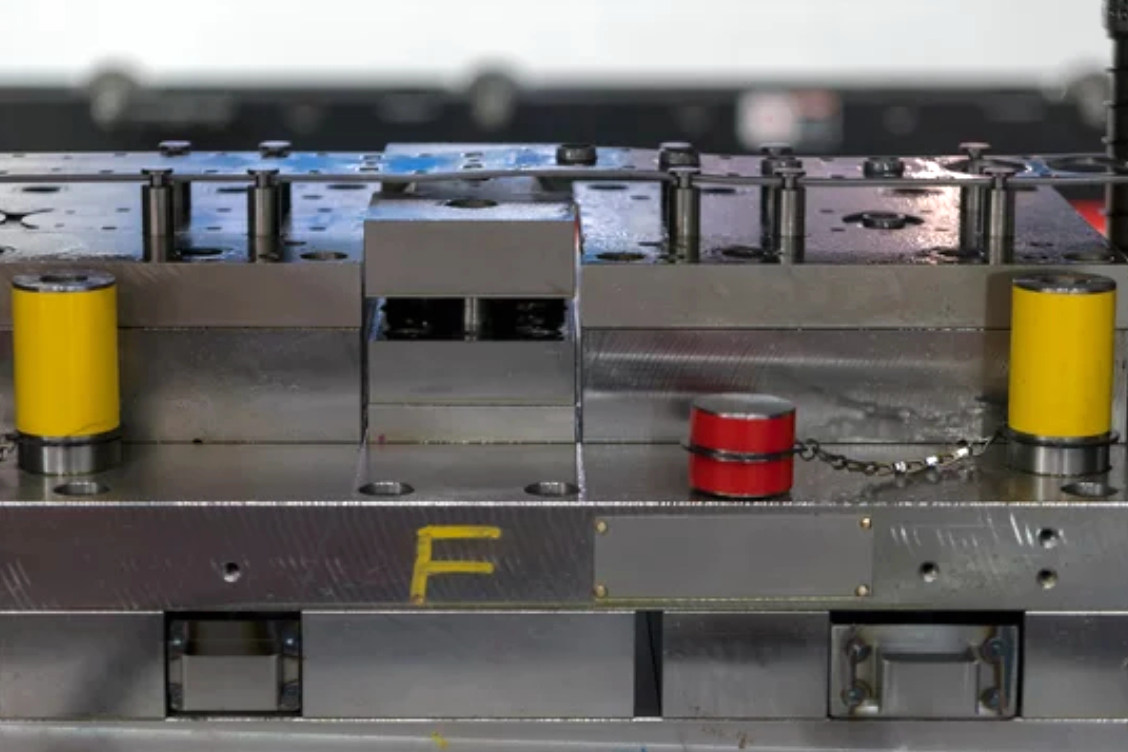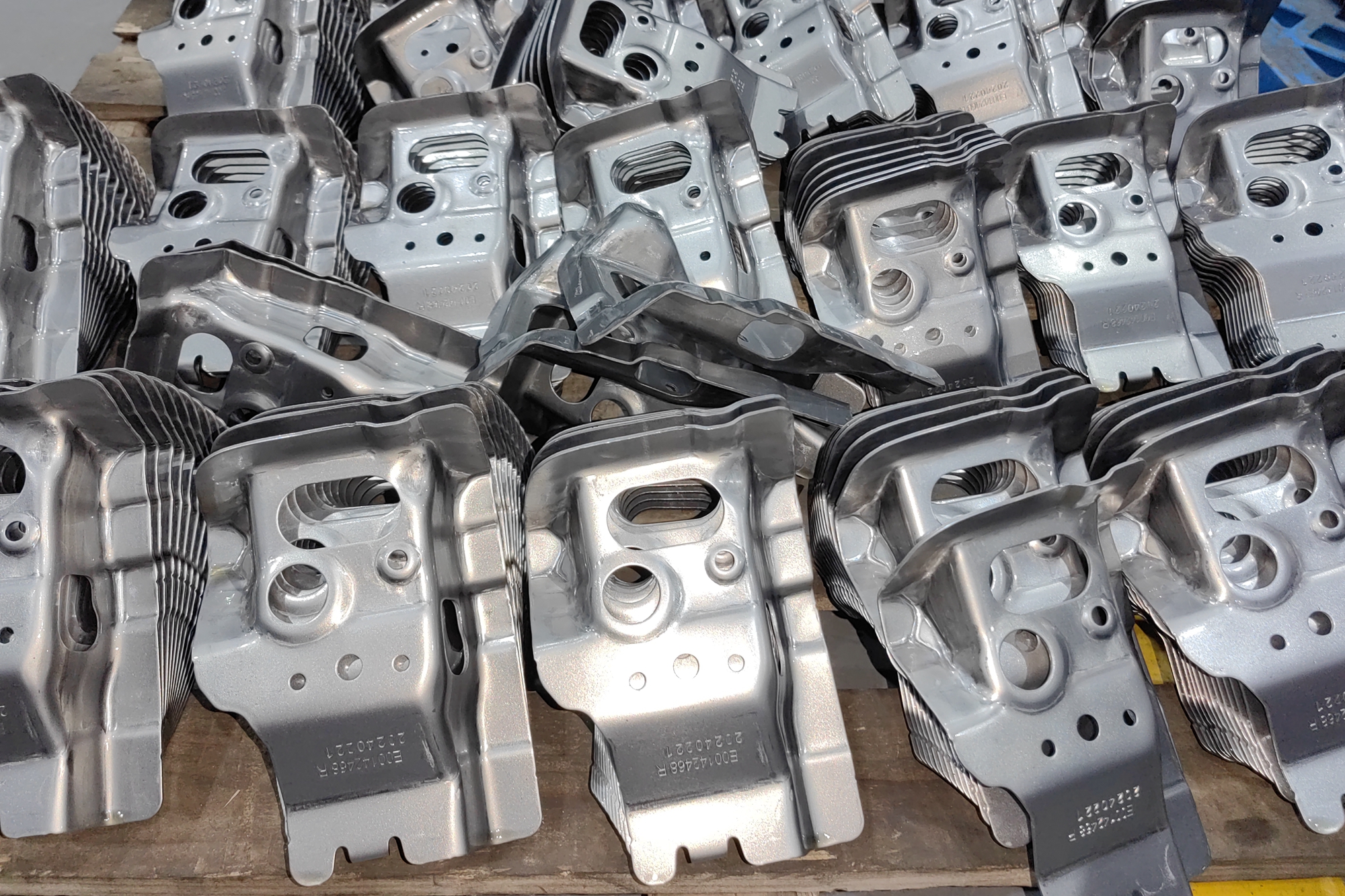What factors influence the choice of metal bending technique?
What Factors Influence the Choice of Metal Bending Technique?
1. Material Type and Thickness
Different materials respond uniquely to bending forces. For instance:
Aluminum and copper are soft and ductile, well-suited for air bending.
High-strength steels or thick stainless steel may require bottoming or coining to control springback.
Material thickness determines the bending force and die opening—thicker metals often need wider V-dies and more tonnage.
2. Desired Tolerance and Precision
Air bending offers flexibility but may result in greater springback (±0.5° angular tolerance).
Bottoming improves angular consistency (±0.3°).
Coining provides the highest accuracy (±0.1°), making it ideal for tight-tolerance components in medical, aerospace, and automotive industries.
3. Production Volume and Efficiency
Air bending is efficient and economical for low-to-medium volume runs due to minimal tooling requirements.
Coining, while precise, requires higher force and more tool wear—better suited for high-volume production where precision justifies cost.
4. Bend Radius and Geometry
Tight internal radii may crack hard materials unless the bending method is carefully selected.
Bottoming helps control inside radius and reduces variation.
Complex shapes or parts with multiple bends may benefit from incremental bending or roll forming.
5. Springback and Material Elasticity
High yield-strength metals like stainless steel tend to spring back more.
Techniques like coining and precise press brake control reduce elastic recovery and improve angle stability.
6. Tooling and Machine Capability
The available equipment influences the feasible techniques:
CNC press brakes with adaptive angle sensors allow real-time compensation, making air bending more precise.
If the press lacks sufficient tonnage, coining or bottoming thicker metals may not be practical.
Summary Table: Technique Selection by Key Factors
Factor | Air Bending | Bottoming | Coining |
|---|---|---|---|
Flexibility | High | Moderate | Low |
Precision (Angle) | ±0.5° | ±0.3° | ±0.1° |
Tooling Cost | Low | Medium | High |
Required Tonnage | Low | Moderate | High |
Ideal Material Type | Most metals | Medium–high strength | High-strength, springy metals |
Manufacturing Services for Precision Metal Bending
Neway offers metal bending services tailored to material, geometry, and tolerance requirements. With ±0.2 mm accuracy, CNC-controlled techniques, and 20+ years of experience, we serve global clients in industrial, consumer, and energy sectors.



